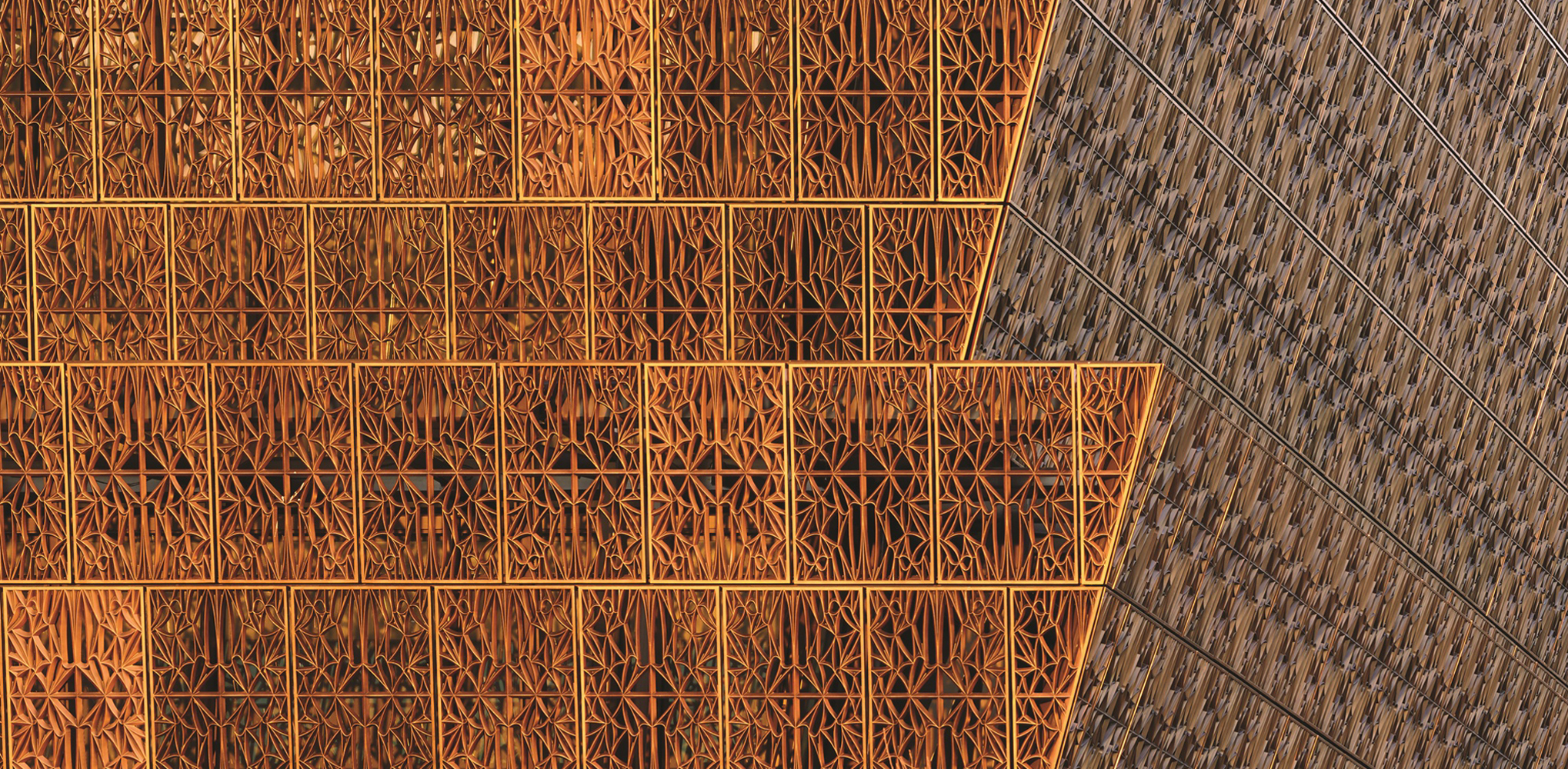Architects: Find the perfect materials for your next project through Architizer. Manufacturers: Sign up now to learn how you can get seen by the world’s top architecture firms.
Elon Musk sometimes seems more like a comic-book character than an actual person. First of all, his name is Elon Musk. Secondly, he is an engineer and inventor who runs a company (Tesla Motors) known for turning out extraordinary gadgets. And most of all, he is a billionaire on a mission to save the world, like a less witty version of Tony Stark.
Through the years, Musk has pursued numerous projects of varying degrees of ambition, most recently making headlines for an initiative to colonize Mars. However, Musk’s reputation for outlandishness belies the fact that Tesla Motors is meeting an urgent need, developing the sustainable cars and energy solutions of the future.

The Gigafactory is being assembled in stages; construction image from 2016 via KALW.

Rendering of the completed project; via Tesla
Now Musk’s company has a new home base to carry out its important work: a “Gigafactory” for producing batteries deep in the Nevada desert. The factory commenced operations on July 27 of 2016, but it is far from complete, and construction is expected to continue for the next several years. Two further Gigafactories are now in the works: Gigafactory 2 is located in Buffalo, New York, while Gigafactory 3 is set for construction in China
This structure’s standout feature is its size: Upon completion, Gigafactory 1 is projected by Musk to be the largest building in the world by footprint and the second largest by useable volume after the Boeing Everett Factory in Washington D.C. To celebrate the opening of this momentous facility, we have assembled a list of 10 amazing Gigafactory facts (Gigafacts?) to get you up to speed:
Time-lapse footage of the construction of Musk’s Gigafactory from 2014 to 2016; this represents just a small fraction of the eventual scheme, which is expected to be completed in 2020.
1. When the Gigafactory was officially opened in 2016, only 14 percent of the building was complete. However, this was enough space for production operations to be put in motion. Construction has continued as operations proceed in the completed wings.
2. The entire facility is expected to be completed by 2020.
3. Located on a 3,200-acre lot and containing 5.8 million square feet (539,000 square meters) of operational space, the Gigafactory’s mammoth footprint is without precedent.

A big footprint: Workers lay the foundation for the grand facility in November 2014; via Tesla.
4. The entire project is projected to cost over $5 billion, with funding coming from Musk’s own fortune, Tesla’s developmental partner Panasonic and individual investors.
5. Around 1,000 construction workers are typically working on the project at any one time.

Projects currently underway at the Gigafactory are often classified; via KALW.
6. Many of the products currently being developed here are classified. When the BBC took a tour of the factory, it was instructed not to ask questions about the work that was underway.
7. The impetus for the Gigafactory was Musk’s frustration at the need to ship parts between different assembly locations. The new facility will be large enough for every stage of production to take place at the same site. “Where the shipping costs start to become significant, the obvious way to combat that is to at least put a Gigafactory on the same continent,” explained Musk.

How some of the world’s tallest buildings would look laid alongside Tesla’s new factory. Infographic via Evobsession
8. The facility will eventually have 6,000 employees.
9. While Tesla has many products, the focus of this facility is batteries. solidly on track to achieve a battery production volume of 35 GWh per year (annualized run rate) by the end of 2018. This is two years ahead of the original 2020 target date for achieving these volumes. That is more than the combined global production of batteries in 2014. Production could increase to 150 gigawatt-hours.

The Powerwall home battery is one of many useful products in development at Tesla; via KALW.
10. All energy used in the facility will be drawn from sustainable sources. The largest source of energy will be the building’s own roof, which will be totally coated in solar panels.
Research all your architectural materials through Architizer: Click here to sign up now. Are you a manufacturer looking to connect with architects? Click here.
Cover image: rendering of the completed project; via Tesla




